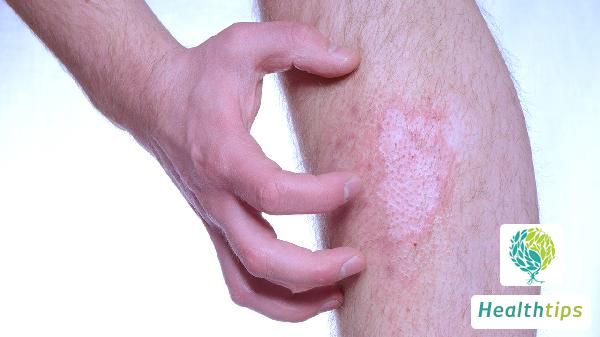How to Identify Whether Its an Esotropia?
Diagnosis of Esotropia and Its Types

To determine whether a patient has esotropia, it is necessary to observe their eye position and conduct refractive and prismatic examinations, often in conjunction with tests such as head position changes and ocular motility assessments. Esotropia can be classified into accommodative esotropia, non-accommodative esotropia, and other types.
1. Accommodative Esotropia
In this type, patients may exhibit intermittent or occasional squinting, with their eye alignment sometimes shifting from orthophoria to esotropia. They may also experience decreased distance vision. Accommodative esotropia is commonly seen in patients with hyperopia, epicanthus, or an overly prominent nasal bridge. Some patients may also report symptoms of decreased distance vision.
2. Non-Accommodative Esotropia
In non-accommodative esotropia, the patient's eye position remains unchanged, and there are no apparent signs of hyperopia. It is frequently observed in infants, young children, or individuals with insufficient extraocular muscle tone. Patients with this type of esotropia often have amblyopia or refractive errors.
3. Other Types of Esotropia
This category encompasses conditions such as muscular squint and ocular squint, where eye movements are unrestricted, but the eye position varies with ocular position. For instance, patients who frequently tilt their heads or turn their faces to one side while looking may develop squinting or be unable to simultaneously fixate on a single object with both eyes.
Advice and Treatment
If esotropia is suspected, it is recommended to consult a physician for a thorough examination to confirm the presence and type of squint. Based on the patient's specific conditions, an appropriate treatment plan will be devised. Mild cases of esotropia may be corrected with glasses, while more severe cases may require surgical intervention. Patients are advised to maintain good eye hygiene, avoid prolonged close-up work to prevent fatigue, engage in outdoor activities, and limit electronic device usage.



















